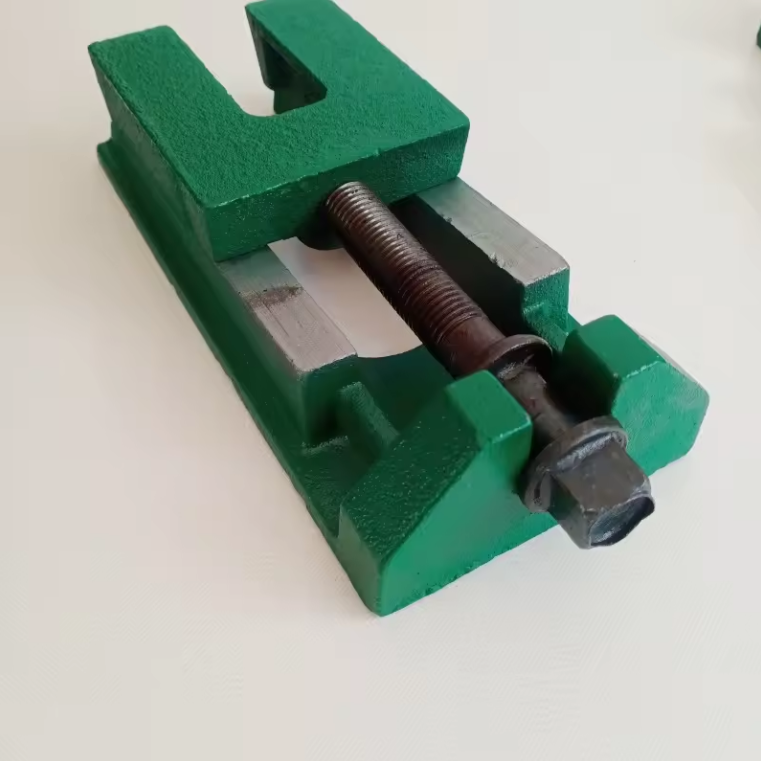දෙසැ. . 04, 2024 05:56 Back to list
industrial machine anti vibration pads
Understanding Industrial Machine Anti-Vibration Pads Enhancing Performance and Longevity
In the realm of industrial operations, machinery plays a pivotal role in driving productivity and efficiency. However, the vibration generated by heavy-duty equipment can pose significant challenges, not only affecting the performance of the machines themselves but also having detrimental effects on the surrounding environment. To mitigate these issues, industrial machine anti-vibration pads have emerged as an essential component in modern industrial settings.
What Are Anti-Vibration Pads?
Anti-vibration pads are specially designed cushioning materials that act as a barrier between machines and their foundation. These pads absorb and dampen vibrations produced by moving machinery, preventing them from transmitting to floors, walls, and surrounding equipment. Typically made from materials such as rubber, neoprene, or polyurethane, these pads serve both to isolate the vibrations and to reduce noise levels, contributing to a safer and more comfortable working environment.
Why Are Anti-Vibration Pads Important?
1. Performance Enhancement High levels of vibration can lead to erratic machine performance, inconsistencies in production, and equipment malfunctions. By employing anti-vibration pads, industries can create a stable operating condition for their machinery, enhancing overall productivity.
2. Protection of Equipment Continuous exposure to vibrations can accelerate wear and tear on mechanical components, leading to costly repairs or premature replacement. Anti-vibration pads help absorb harmful vibrations, extending the life of the machinery and reducing maintenance costs.
3. Reduction of Noise Pollution Vibrations can generate noise, resulting in an uncomfortable work environment. By using anti-vibration pads, industries can significantly reduce operational noise levels, which is particularly beneficial in environments where noise regulations are strict.
4. Safety and Compliance High vibration levels can lead to unsafe working conditions and may violate occupational health and safety regulations. Implementing anti-vibration solutions helps industries comply with safety standards, ensuring a safer work environment for employees.
5. Foundation Protection In some cases, vibrations can damage the building structure itself, leading to costly repairs. Anti-vibration pads act as a buffer, absorbing vibrations and protecting the integrity of industrial facilities.
industrial machine anti vibration pads

Types of Anti-Vibration Pads
Anti-vibration pads come in various types, each suited for different applications and vibration control requirements
- Rubber Pads These are the most common type, known for their excellent vibration absorption qualities. They are versatile and can be used in a variety of industrial applications.
- Neoprene Pads Known for their durability and resistance to oils and chemicals, neoprene pads are ideal for use in environments where chemical exposure is a concern.
- Polyurethane Pads Offering excellent load-bearing capabilities, polyurethane pads are suitable for high-capacity machines, providing additional support alongside vibration control.
- Custom-Made Pads For specialized machinery or unique industrial requirements, custom-made anti-vibration pads can be designed to meet specific size, load, and vibration frequency specifications.
Installation and Maintenance
Proper installation of anti-vibration pads is crucial to their effectiveness. It's important to ensure that the pads are placed on a stable and level surface, and that they are adequately sized for the machinery they support. Additionally, regular maintenance checks should be performed to inspect the condition of the pads, ensuring that they remain effective over time.
Conclusion
As industries increasingly rely on advanced machinery to drive efficiency, addressing the challenges posed by vibration becomes paramount. Industrial machine anti-vibration pads are an effective solution that not only enhances the performance and longevity of machinery but also contributes to a safer and quieter work environment. By investing in high-quality anti-vibration pads, businesses can protect their valuable equipment, comply with safety standards, and ultimately improve their bottom line. As technology progresses, the development of more advanced materials and designs promises even greater efficiency in managing vibrations, ensuring that industries can operate at peak performance well into the future.
-
Why Metric Trapezoidal Thread is Ideal for Precision Motion ControlNewsAug.05,2025
-
The Unique Properties of a Block of Granite for Industrial UseNewsAug.05,2025
-
The Role of Flanged Y Strainers in Preventing Pipeline ClogsNewsAug.05,2025
-
The Importance of Regular Calibration for Master Ring GagesNewsAug.05,2025
-
How a Cast Iron Surface Table Enhances Accuracy in ManufacturingNewsAug.05,2025
-
Comparing Different Check Valve Types for Optimal Flow ControlNewsAug.05,2025
Related PRODUCTS









